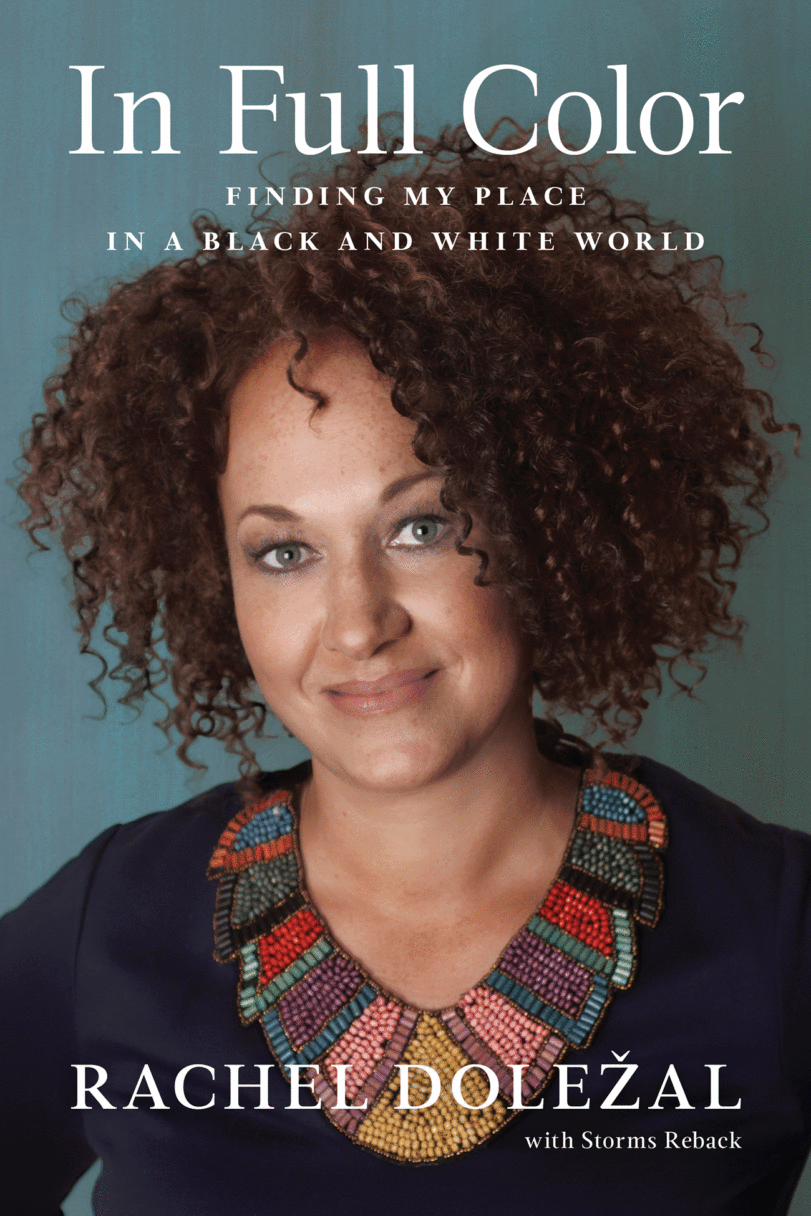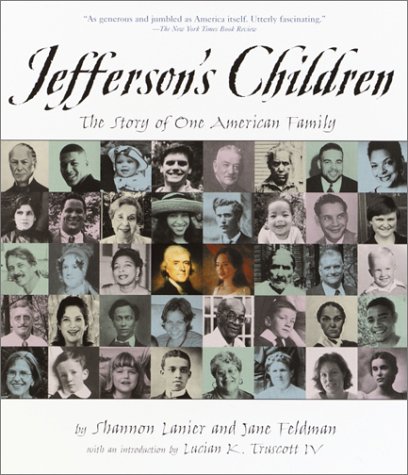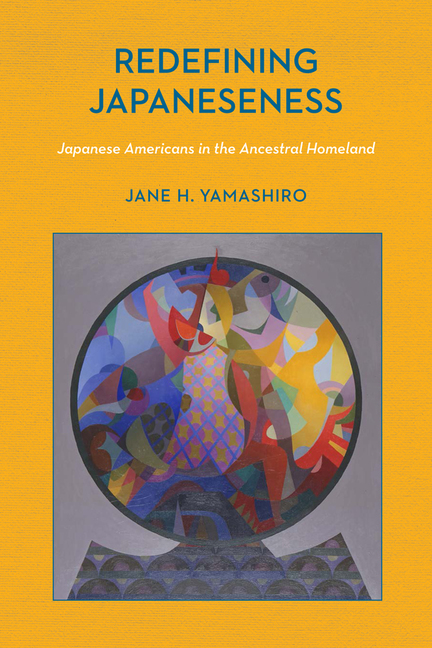Hapa Japan: History (Volume 1)Posted in Anthologies, Asian Diaspora, Books, History, Media Archive on 2017-02-26 21:59Z by Steven |
Hapa Japan: History (Volume 1)
Kaya Press
2017-02-28
500 pages
Paperback ISBN: 9781885030535
Edited by:
Duncan Ryūken Williams, Associate Professor of Religion and East Asian Languages and Cultures
University of Southern California
The history and experiences of mixed-race Japan have long remained almost invisible in a country that believes in its own myths of homogeneity, despite a history that extends backwards to the 8th-century emperor Kammu Tenno (who was part Korean) through to Japan’s first female physician (part German) during the 19th century, and forward to the present day, when 1 of every 30 Japanese babies are born to families with one non-Japanese parent. Hapa Japan: History (Volume 1) is the first substantial collection of essays to survey the history of global mixed-race identities of persons of Japanese descent. Edited by Duncan Ryuken Williams, the founder of the Hapa Japan Database Project, this groundbreaking work unsettles binary and simplistic notions of race by making visible the complex lives of individuals often written out of history.







